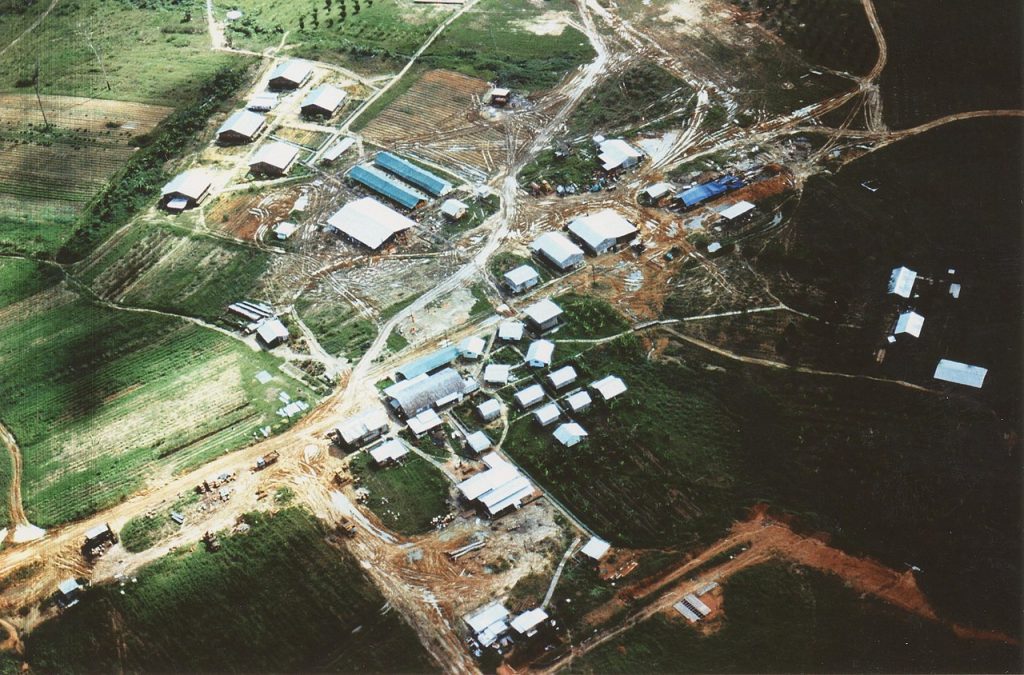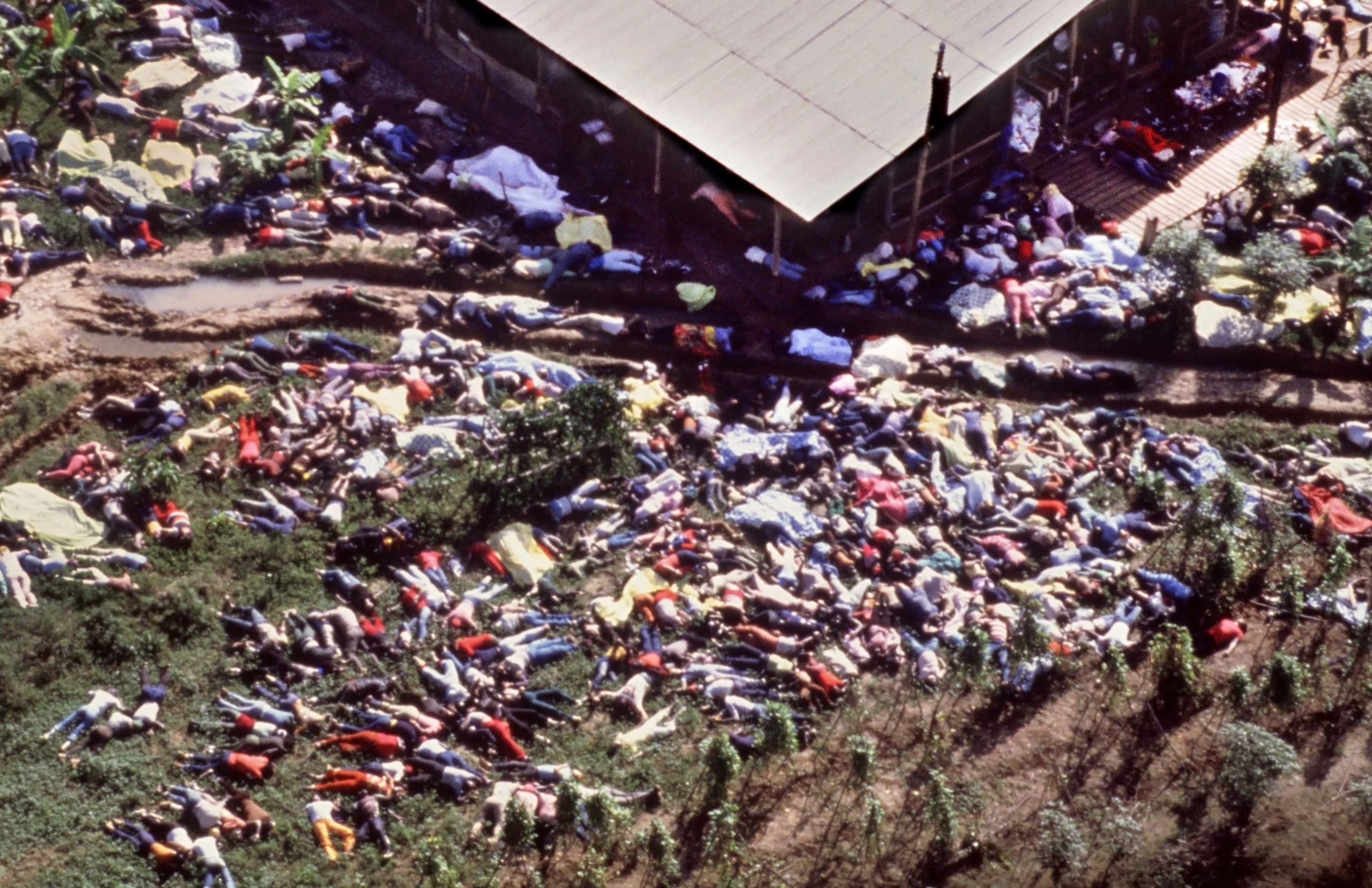 ne of the most shocking and tragic events in modern history is the Jonestown tragedy. In 1978, a cult led by Jim Jones convinced nearly 900 of its followers to commit mass suicide in a remote settlement in Guyana. This article delves into the disturbing story of Jonestown, examining the origins of the Peoples Temple, the charismatic leadership of Jim Jones, and the harrowing events that unfolded in the Guyanese jungle.
ne of the most shocking and tragic events in modern history is the Jonestown tragedy. In 1978, a cult led by Jim Jones convinced nearly 900 of its followers to commit mass suicide in a remote settlement in Guyana. This article delves into the disturbing story of Jonestown, examining the origins of the Peoples Temple, the charismatic leadership of Jim Jones, and the harrowing events that unfolded in the Guyanese jungle.
The Rise of the Peoples Temple
The Peoples Temple was founded in the 1950s by Jim Jones, a charismatic preacher known for his powerful oratory skills and claims of divine vision. Initially based in Indiana, the Temple attracted a diverse following, including individuals seeking social justice, racial equality, and a sense of belonging. Jones’s message of inclusivity and community resonated with many who felt marginalized in society.
Under the guise of a progressive religious movement, the Peoples Temple grew rapidly, establishing branches in California and other locations. Jones’s influence and control over his followers intensified, and the group evolved into a tightly-knit community that blurred the lines between religious devotion and cult-like obedience.
The Charismatic Leadership of Jim Jones

At the heart of the Jonestown tragedy was the enigmatic and manipulative leader, Jim Jones. Known for his charisma and ability to captivate audiences, Jones exerted an unparalleled level of control over his followers. He employed psychological manipulation tactics, exploiting their vulnerabilities and instilling a sense of fear and dependency.
Jones preached a combination of socialism, religious ideology, and self-proclaimed prophetic visions. He portrayed himself as a messianic figure, fostering a cult of personality that elevated him to a god-like status among his followers. Through indoctrination, isolation from the outside world, and intense group dynamics, Jones maintained a grip on his devotees, blurring the boundaries between their personal lives and the collective identity of the Peoples Temple.
The Tragic Events of Jonestown
The culmination of the Peoples Temple’s downward spiral occurred in November 1978 when a group of concerned relatives, journalists, and Congressman Leo Ryan traveled to Jonestown to investigate allegations of abuse and human rights violations within the settlement. As their visit progressed, tensions escalated, and some members expressed a desire to leave the community.

Fearing exposure and the loss of control, Jones ordered the assassination of Congressman Ryan and initiated a horrific plan for mass suicide. Under the influence of fear, coercion, and manipulation, hundreds of Temple members willingly ingested cyanide-laced fruit punch, tragically ending their lives. The incident remains one of the largest mass suicides in history.
Lessons Learned and Impact
The Jonestown tragedy shook the world and raised profound questions about the power of manipulation and the dangers of unchecked leadership. The event prompted significant changes in the understanding and regulation of cults, religious movements, and psychological manipulation.
In the aftermath of Jonestown, efforts were made to strengthen legal safeguards against cult abuses, protect individuals susceptible to manipulation, and improve public awareness of the signs and risks associated with destructive groups. The tragedy also highlighted the importance of critical thinking, open dialogue, and psychological support in preventing the escalation of harmful ideologies.
The Jonestown tragedy stands as a chilling testament to the depths of human manipulation and the devastating consequences it can unleash. The charismatic leadership of Jim Jones, coupled with the vulnerability and trust of his followers, led to one of the most horrifying incidents of mass suicide in history.
The lessons learned from Jonestown underscore the need for awareness, vigilance, and protection against the tactics of psychological manipulation employed by cult leaders. By understanding the warning signs and fostering an environment of critical thinking, empathy, and support, we can strive to prevent similar tragedies and ensure the protection of individuals vulnerable to exploitation.
Avid Writer with invaluable knowledge of Humanity!
Upcoming historian with over 30 million views online.
“You make your own life.”





